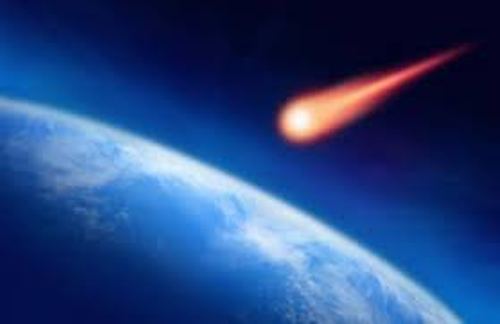
Regoli noted that researchers will need to hone their models before using BepiColombo to make new observations, but the opportunity to see another Mercurian impact would be invaluable, he said. Perhaps the European Space Agency’s BepiColombo mission, which launched for Mercury in 2018 and will approach the planet in late 2025, will be able to capture more meteoroid impacts during its mission.

“This was a special observation, and really cool to see the story come together.” “It just shows how rare it is to have the spacecraft at the right place and time to be able to measure something like this,” said study co-author Leonardo Regoli, from Johns Hopkins Applied Physics Laboratory in Maryland - where MESSENGER was built and operated. Artist view of the spacecraft orbiting the innermost planet Mercury. But none were seen in images during the mission, which lasted from 2011 to 2015.īut in sifting through the old spectrometer data, the anomaly stood out. Interestingly enough, before the MESSENGER mission, scientists expected the spacecraft would capture some impacts on Mercury - perhaps up to two impacts per year during its four years in orbit. But computer models suggest something that size would create a plume with a height and density closely matching what FIPS detected. They estimate the meteoroid was likely just a little over three feet long, which is relatively small. Using the particles’ speed and direction, the researchers “rewound the clock, tracking the particles’ motion back to their source.” They found the particles clustered in a dense plume, one that had erupted from Mercury’s surface and extended nearly 3,300 miles into space. Oddly, these particles were traveling in a tight beam, nearly all in the same direction, and at the same speed. The archival data revealed a strange anomaly: on December 21, 2013, MESSENGER’s Fast Imaging Plasma Spectrometer (FIPS) saw an unusually large number of sodium and silicon ions blowing in the Sun’s solar wind, the powerful charged gases that spew from the Sun. Scientists think meteoroid impacts, in part, are responsible for putting such material into the exosphere. The exosphere forms on Mercury’s Sun-facing side from material originally on the planet’s surface. Mercury’s tiny atmosphere, called an exosphere, has a pressure that’s one-quadrillionth of that felt at sea level on Earth. Credit: NASA/Johns Hopkins APL/Carnegie Institution of Washington MESSENGER very likely witnessed one of the most recent of these crater-forming collisions in 2013. Mercury’s surface, as captured here in 2013 by the APL-operated MESSENGER spacecraft, is pockmarked with craters that have formed from millions of years of meteoroid impacts.


 0 kommentar(er)
0 kommentar(er)
